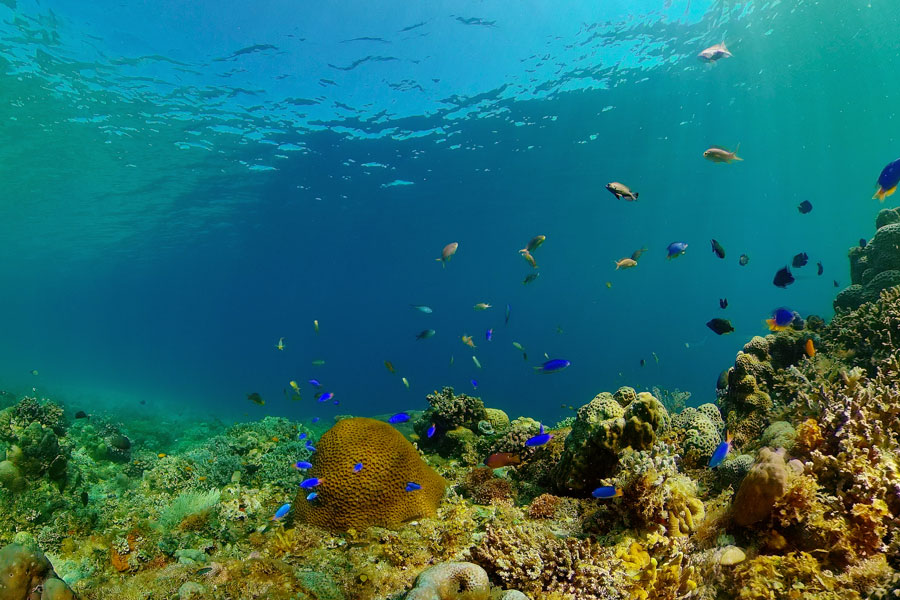Florida Officials Open Virtual Public Hearing on New Aquatic Preserve

TALLAHASSEE, FL – Yesterday, members of the public had an opportunity to have a say on the management plan for the first new aquatic preserve created in Florida in 32 years.
In 2020, Gov. Ron DeSantis signed legislation to create the Nature Coast Aquatic Preserve, which will protect some 400,000 acres of seagrass spanning more than 700 square miles along Citrus, Hernando, and Pasco counties.
Keith Kolasa, aquatic services and waterways manager with the Hernando County Department of Public Works, said the goal is to be proactive in protecting many sensitive ecosystems.
“Protect and preserve a resource that’s in good shape,” said Kolasa, “versus trying to restore it similar to what we’ve seen in Tampa Bay and to the south, where there have been a lot of red tide and algae blooms.”
The Florida Department of Environmental Protection will host two remaining public hearings, a virtual one at 6 p.m. today to present the draft Nature Coast Aquatic Preserve Management Plan to the public for their review and feedback, and an in-person meeting next Tuesday in Crystal River.
Details are on floridadep.gov.
The Nature Coast Aquatic Preserve is the second-largest aquatic preserve in Florida. Justin Grubich, science and policy officer with The Pew Charitable Trusts, said the management plan ensures that the way of life can thrive in the area that is heavily dependent on seagrass.
“Not only the biological inhabitants, all the sea turtles and manatees and fish and scallops that we like to catch and view,” said Grubich, “but it also helps those coastal communities that depend on those resources for their livelihood.”
Grubich said the management plan is a crucial component because it sets the road map for nearly everything that will happen at the preserve, from education to habitat monitoring.
It also identifies the priorities of maintaining those ecosystems and balancing them with public use.
Grubich said another critical component is gathering data management for research and learning about species beyond the areas currently known.
Support for this reporting was provided by The Pew Charitable Trusts.



Comments are closed.